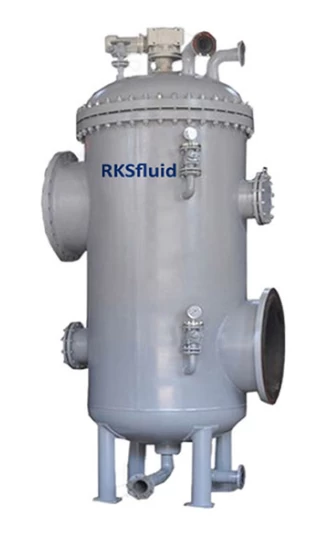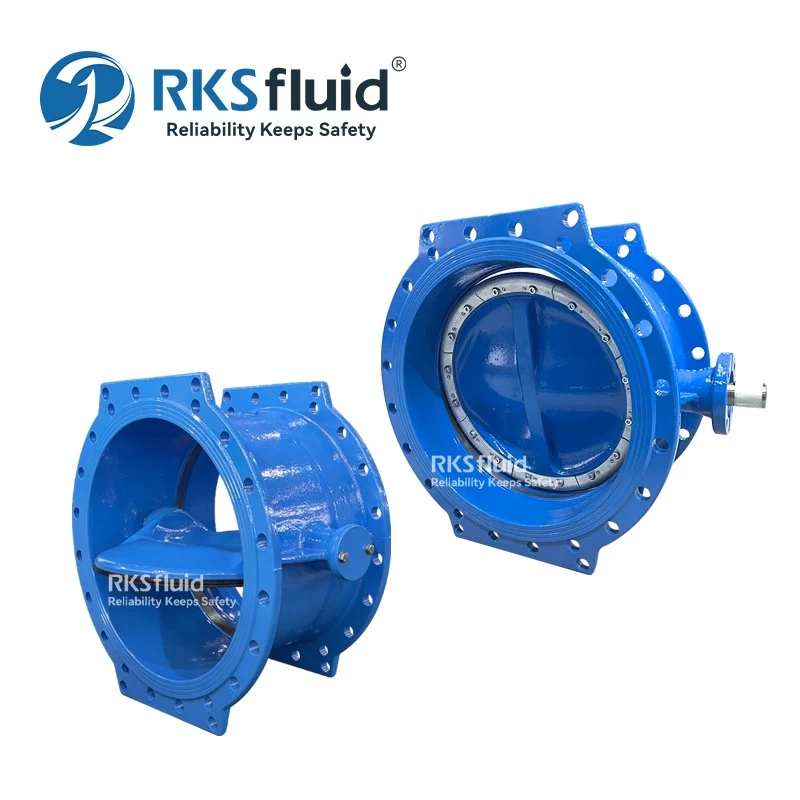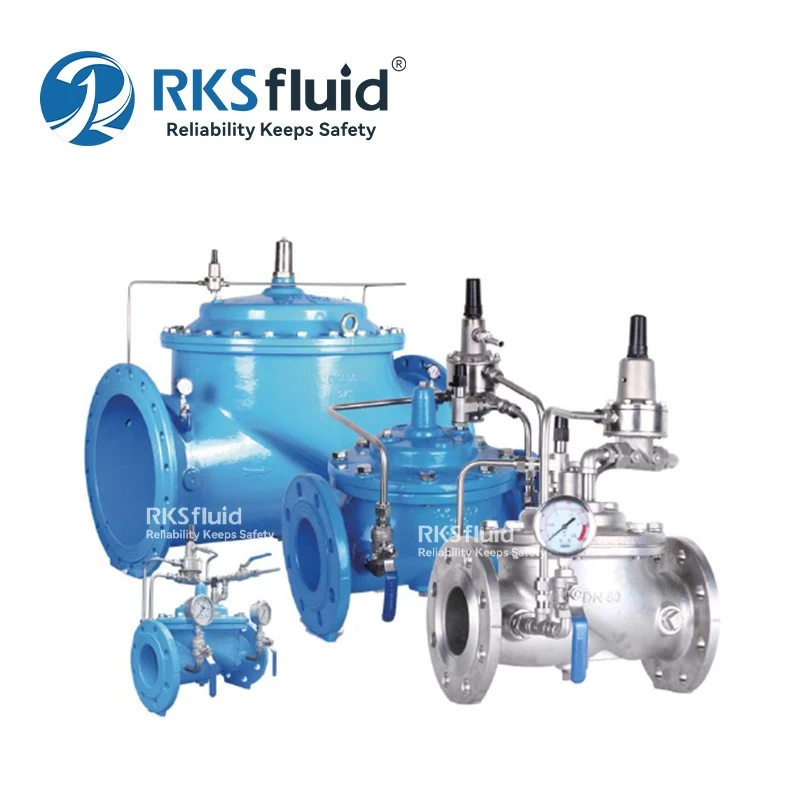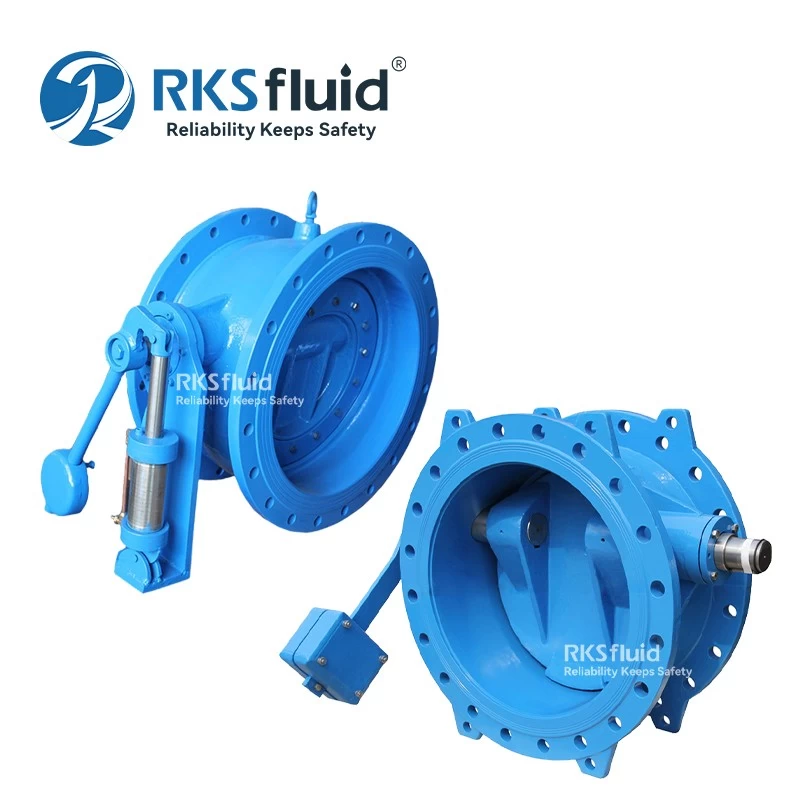- Main Product
- Contact Us
-
RKSfluid Flow Control Company
Web: www.rksfluid.com
Tel: +86 24 2318 0188
Fax: +86 24 2318 0788
Mail: info@rksfluid.com Contact Now
- Subscribe
-
Get email updates on new products
News
Brief introduction to the principle of automatic backwashing filters and bag filters
Automatic backwash filter works

1.The water enters through the inlet and first filters out the impurities of the larger particles through the coarse filter and then reaches the fine filter. During the filtration process, the fine filter gradually accumulates dirt and impurities in the water to form a filter impurity layer. Since the impurity layer accumulates on the inner side of the fine filter, a pressure difference is formed on the inner and outer sides of the fine filter. .
When the pressure difference of the filter reaches the preset value, the automatic cleaning process will start. During this time, the water supply is continuously flowing, the cleaning valve is opened, the water pressure in the cleaning chamber and the suction device is greatly reduced, and the filter tube and the suction pipe are passed through the filter tube and the suction pipe. The pressure difference between the suction pipe and the cleaning chamber generates a suction force through the suction nozzle to form a suction process. At the same time, the electric motor drives the suction pipe to make a spiral motion in the axial direction. The combination of axial and rotary motion of the suction cleaner completely cleans the entire inner surface of the screen. The entire flushing process takes only a few tens of seconds. The drain valve closes at the end of the wash. The filter begins to prepare for the next rinse cycle.
Automatic backwash filter works
2.The water to be treated enters the body through the water inlet, and impurities in the water are deposited on the stainless steel filter screen, thereby generating a pressure difference. The differential pressure switch monitors the pressure difference between the inlet and outlet. When the differential pressure reaches the set value, the electric controller sends the hydraulic control valve and drives the motor signal, triggering the following actions: the motor drives the brush to rotate, the filter is cleaned, and the control valve opens. For the sewage discharge, the entire cleaning process only lasts for several tens of seconds. When the cleaning is finished, the control valve is closed, the motor stops rotating, the system returns to its initial state, and the next filtration process begins.
After the equipment is installed, the technician will debug and set the filtration time and cleaning conversion time. The water to be treated enters the body through the water inlet, and the filter starts to work normally.
Automatic backwash filter works
3.The water enters the filter from the water inlet, firstly filters out the impurities of the larger particles through the coarse filter element, and then reaches the fine filter mesh, and the impurities of the fine particles are filtered through the fine filter mesh, and the clean water is discharged from the water outlet. During the filtration process, the inner layer of the fine mesh gradually accumulates, and a pressure difference is formed between the inner and outer sides. When the pressure difference reaches the preset value, the automatic cleaning process will start: the drain valve is opened, the hydraulic motor chamber and the hydraulic cylinder of the main assembly release the pressure and the water is discharged; the pressure in the hydraulic motor chamber and the suction pipe is greatly reduced due to the negative The pressure acts to suck the dirt on the inner wall of the fine filter through the suction nozzle, and the hydraulic motor flows into the hydraulic motor chamber and is discharged by the drain valve to form a suction process. When the water flows through the hydraulic motor, the suction pipe is driven to rotate, and the suction cylinder drives the suction pipe to move axially. The suction device assembly completely cleans the inner surface of the filter through the combination of the axial movement and the rotary motion. The entire cleaning process will last for tens of seconds. The drain valve closes at the end of the wash and the increased water pressure causes the hydraulic cylinder piston to return to its original position and the filter begins to prepare for the next flush cycle. During the cleaning process, the normal filtration of the filter is uninterrupted.
characteristic
The automatic backwashing filter is a new type of filtering technology. It is better to have the Oriwo self-cleaning filter in the world. The main advantage is the uninterrupted water supply during backwashing. The whole backwashing is the net filter of the nozzle. Every point of the network is implemented in such a way. The backwashing is only a small local pressure change between the nozzle and the fine filter, and the action of the collector and the hydraulic cylinder does not affect the normal water supply. At the same time, the amount of water consumed during backwashing is very small, with a flow rate of 300m3/h. For example, the filter has a backwash flow rate of 35-40 m3/h, a backwash time of 7-15 seconds, and a backwash water volume of 80-160 L.
1. The design structure is simple.
2. The backwashing time is short, the flow rate and pressure loss are small.
3. Control system intelligent (PLC, PAC) control, high degree of automation.
4. The device can be connected to a central control system.
5. High-precision filtration, stable effluent quality.
6. The filter is used for life, no need to replace it.
7. Long service life.
8. Can be applied to different raw water quality and water requirements.
9. Less wearing parts, no consumables, low operating costs, simple operation and management.
10. Automatic anti-cleaning keeps flowing.
How to choose the product
When selecting an automatic backwash filter, consider the following factors:
1. Processing water volume
2. System pipeline pressure
3. User-required filtering accuracy
4. Filter the concentration of suspended solids in impurities
5. Physical, chemical properties of the filter media
6. Special purpose filter
Instructions for use
1. Check that the piping is installed correctly before running the system.
2. Flush the system piping. At this time, the inlet and outlet valves of the equipment must be closed to open the bypass valve.
3. After checking, open the inlet valve, outlet valve, bypass valve, drain valve
Shanghai bag filter works:

The bag filter is a multi-purpose filter device with novel structure, small size, simple and flexible operation, energy saving, high efficiency, sealing work and strong adaptability. It is widely used in chemical, paint, ink, food and other industries. Features: This kind of filter is a pressure type filtering device. When the filtrate is under the action of the pump, the filtrate can pass the filter bag of the required fineness level to obtain the qualified filtrate. The machine is very convenient to replace the filter bag, and the filter is basically free of material consumption. The machine is designed as a single filter, double filter, and can be assembled on a mobile cart. The filter bag protection net is made of stainless steel, and the other parts are made of carbon steel and stainless steel, which are used by users who filter different media.
Application:
◆ Suitable for clarification filtration and sterilization filtration of various aqueous solutions;
◆ Made of high quality 304 or 316L stainless steel, suitable for filtration of various chemicals, solvents and reagents;
◆ Used for filtration of laboratory solution and cell culture medium;
◆ Other filtration such as vitamins, eye drops, lotions, and photoresists;
◆ Widely used in: petroleum, chemical, pharmaceutical, pesticide, dye, food, plastic, paper, environmental protection, mining and metallurgy, etc.











